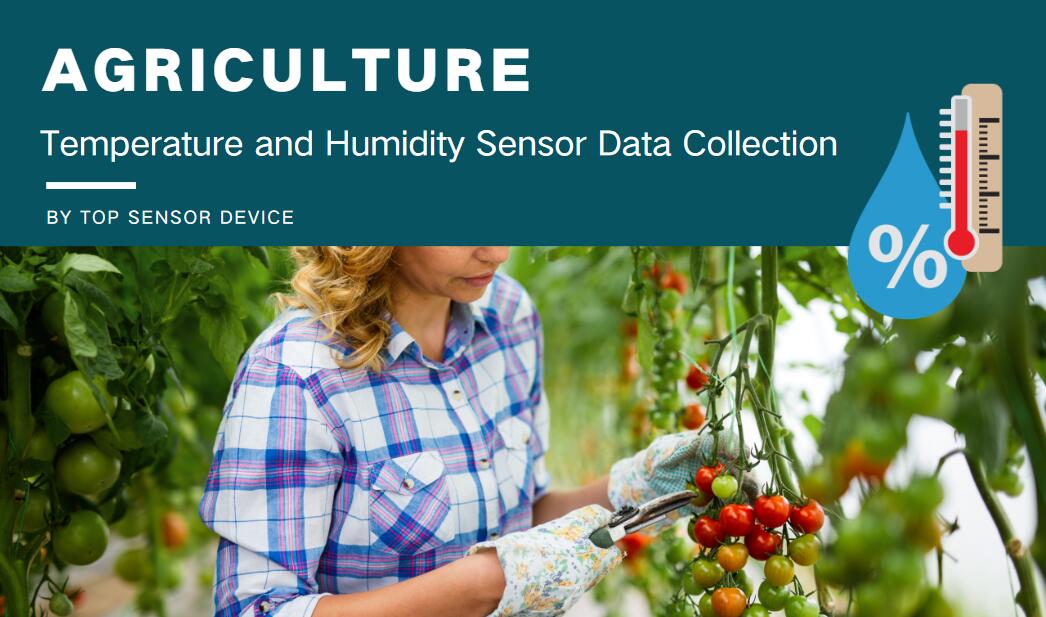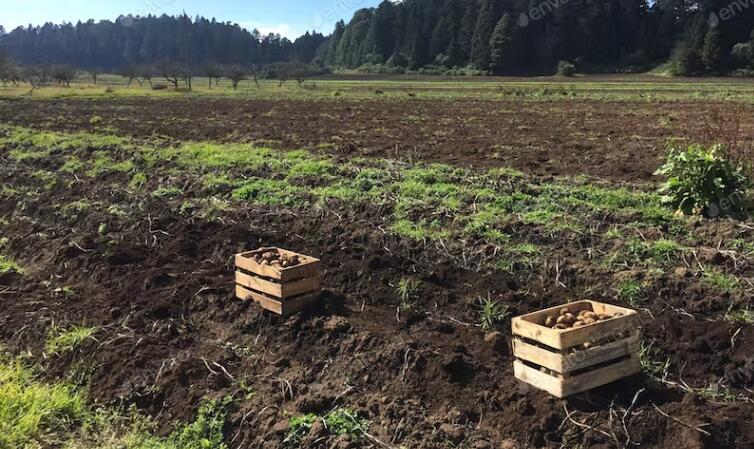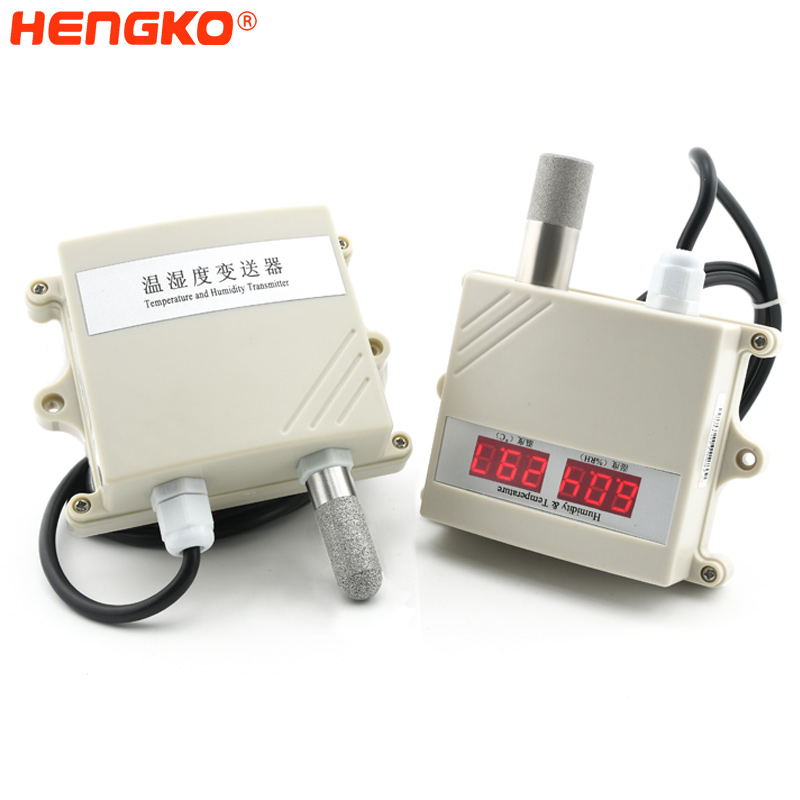
As an industry, agriculture has evolved from a stage of relying solely on farmer peer advice to a modern, data-driven endeavour. Now, farmers are able to use insights backed by vast amounts of historical data to make a conclusive analysis of what crops to plant and farming methods to use.
1.The Scope of Big Data Analytics in the Agricultural Life Cycle
IoT, big data and cloud computing are revolutionizing the way agriculture works as an industry in India and around the world. Agricultural data analytics is being leveraged to optimize every step in the agricultural life cycle for cost-effectiveness and efficiency. The impact is felt at every stage of the value chain, from crop selection, growing methods, harvesting and supply chain management.

2.Temperature and Humidity Transmitter
With sensors and connected devices interacting with each other on the farm, farmer managers now have access to vast amounts of crop data in real-time to guide farmers' actions. Agricultural big data is transforming livestock care, developing effective risk assessment modules, democratizing the potential of urban farming, and promoting the efficient use of resources (land and labour). For instant, the use of the HENGKO temperature and humidity transmitter can effectively, quickly and accurately measure the humidity in soil or air, and provide strong data support for crop irrigation.
3.Improve Crop Management
With insightful crop data, farmers can make informed decisions about the types of crops to grow, choosing the best strains for atmospheric conditions, rainy seasons and soil types for a profitable harvest. Using temperature and humidity sensors, soil fertility sensors, etc. to collect data on soil fertility and humidity in the air, etc., it is possible to recommend hybrid varieties or varieties that are most suitable for soil and climate conditions based on data analysis that is most resistant to disease and corruption. To ensure more precise and accurate measurement, it is recommended that use a professional industrial temperature and humidity transmitter. HENGKO industrial temperature and humidity transmitter have the advantage of standard analog signal 485 output, 4-20mA, 0-5V or 0-10V optional, full-scale analog output has good linearity, good consistency, wide range and long service life, etc.
4.Better Risk Assessment
Risk in the agricultural sector is inevitable, but the ability to predict and manage risk at every stage of the life cycle enables farmers to make better tactical decisions. Big data and cloud computing use data from Google Earth, global weather conditions and data input by farmers to create roadmaps that help farmers plan the entire process from crop selection to distribution. It also takes into account local market prices, natural disasters, pests and other factors that may increase or decrease the value of commodities and the difficulties farmers may face in supply chain management. Device data such as temperature humidity transmitters, help farmers make decisions that help them escape potentially high-risk scenarios in the crop life cycle.
5.Supply Chain Efficiency
Supply chain management is no longer just about distributing finished products to desired markets. Through data analysis, farmers now gain insights that can help them predict market conditions, consumer behaviour with finished products, inflation factors, and other variables that will help them plan the entire process even before planting. This becomes an important insight as it allows farmers to manage conditions that allow them to maximize return on investment and reduce any unnecessary losses.
Still Have Any Questions Like to Know More Details For the Temperature and Humidity Sensor, Please feel Free To Contact Us Now.
Also You Can Send Us Email Directly As Follow : ka@hengko.com
We Will Send Back With 24-Hours, Thanks for Your Patient !
Post time: Apr-20-2022






